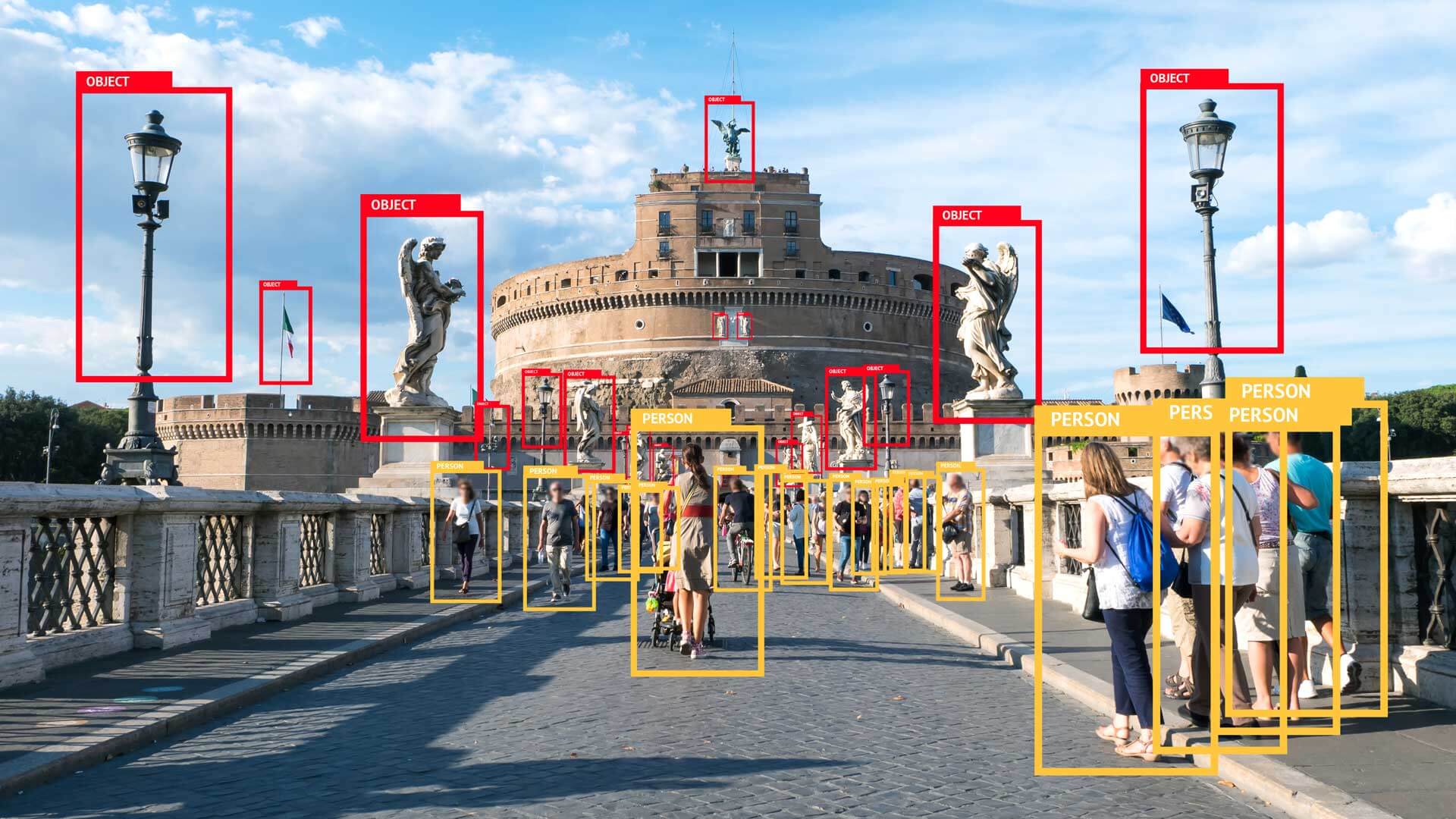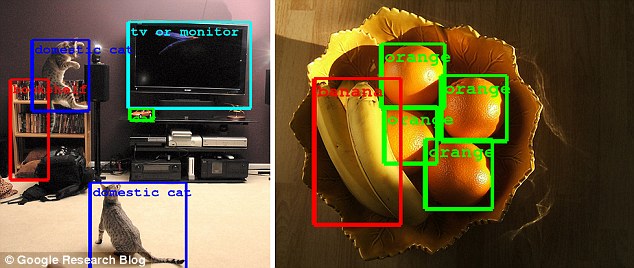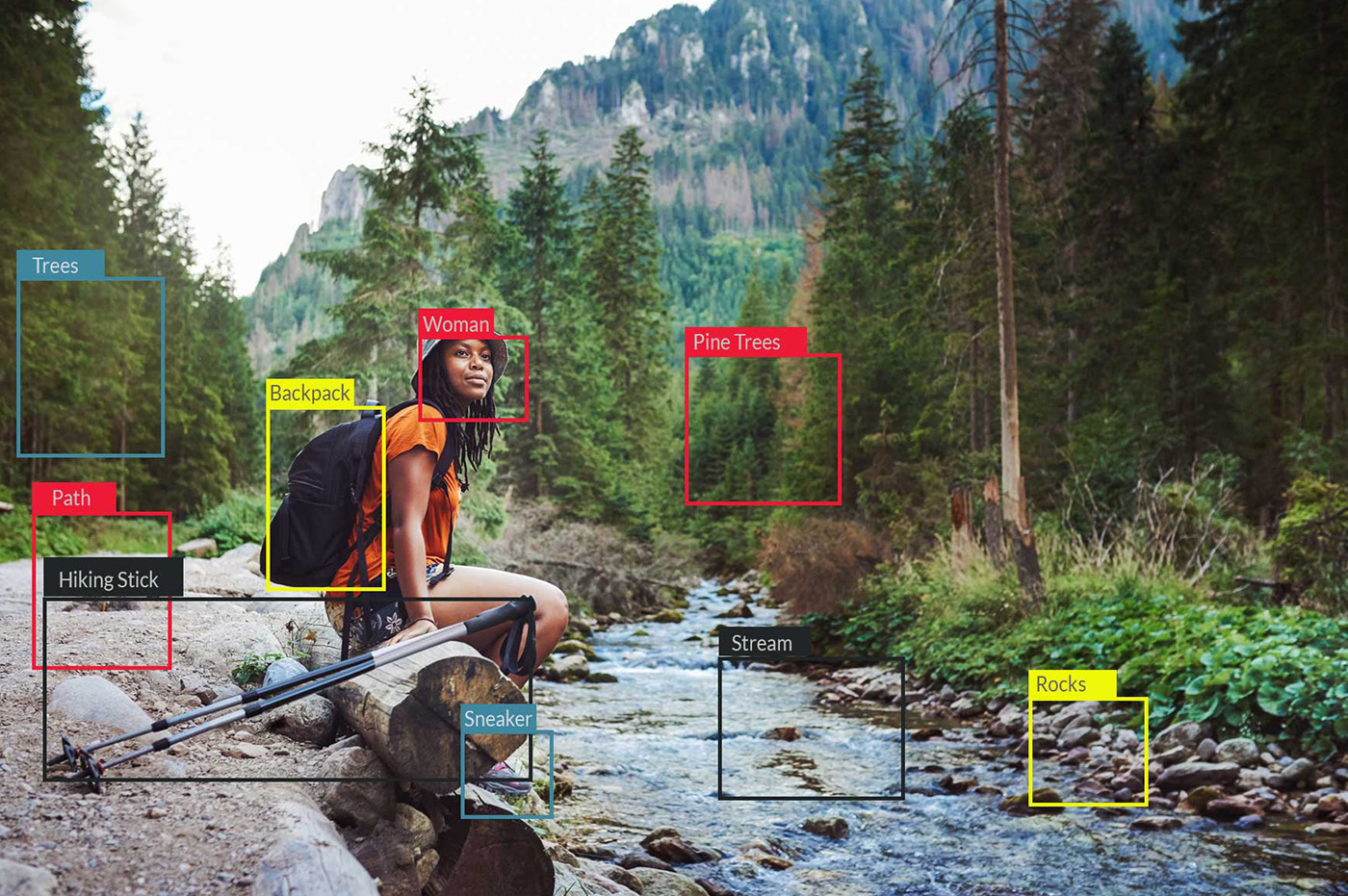In today’s digital age, where images are abundant and play a significant role in various industries, image recognition tools have emerged as essential technological solutions. These tools utilize advanced algorithms and artificial intelligence (AI) to analyze and interpret visual content. From social media platforms to healthcare and e-commerce, image recognition tools offer numerous benefits, transforming the way we interact with and utilize visual information. In this article, we will explore the capabilities, applications, and prospects of image recognition tools.
Understanding Image Recognition Tools

Image recognition refers to the process of identifying and categorizing objects, scenes, or patterns within digital images or videos. By harnessing the power of AI and deep learning algorithms, image recognition tools enable computers to recognize and understand visual content with remarkable accuracy. These tools can identify specific objects, detect text, recognize faces, and even classify images into predefined categories.
Key Components of Image Recognition Tools
Image recognition tools comprise several essential components that work together to perform accurate image analysis. These components include:
Data Acquisition
The initial step in image recognition involves acquiring a diverse and well-labeled dataset for training the AI algorithms. This dataset consists of a vast collection of images representing different categories or objects.
Preprocessing
During the preprocessing phase, the acquired images undergo various transformations, such as resizing, noise reduction, and normalization. These processes ensure that the images are suitable for analysis and enhance the overall accuracy of the recognition system.
Feature Extraction
Feature extraction involves extracting relevant features or patterns from the preprocessed images. This step is crucial as it helps in reducing the dimensionality of the data while retaining essential information.
Training and Classification
In this stage, the extracted features are utilized to train the image recognition model. The model learns to recognize patterns and classify images based on the provided training dataset. Once trained, the model can accurately classify new, unseen images.
Post-processing and Analysis
After the classification phase, post-processing techniques are applied to refine the results and eliminate any noise or false positives. This ensures that the final output of the image recognition tool is highly accurate and reliable.
Applications of Image Recognition in E-commerce
The integration of image recognition tools in e-commerce has revolutionized the online shopping experience. These tools enable visual search, allowing users to find products by uploading images or taking photos. Additionally, image recognition enhances product recommendation systems, enabling personalized suggestions based on users’ browsing and purchase history. It also facilitates augmented reality (AR) try-on experiences, where customers can virtually visualize how products would look on them before making a purchase.
Enhancing Social Media with Computer Vision Image Recognition
Image recognition has transformed the way we engage with social media platforms. Automated content moderation tools utilize image recognition to detect and filter inappropriate or offensive content. Facial recognition algorithms enhance photo tagging features, making it easier to identify and tag friends in images. Moreover, image recognition enables sentiment analysis, helping businesses gain insights into user preferences and opinions based on the images they share.
Image Recognition in Healthcare
Image recognition tools have become invaluable in the field of healthcare. They assist in medical imaging analysis, enabling early detection of diseases and accurate diagnoses. These tools aid in the interpretation of radiology scans, pathology slides, and histological images, empowering healthcare professionals with efficient and reliable diagnostic support.
Image Recognition in Autonomous Vehicles
The advancement of image recognition technology has paved the way for autonomous vehicles. Cameras installed in self-driving cars utilize image recognition to identify road signs, traffic lights, pedestrians, and other vehicles. This enables the vehicle’s AI system to make informed decisions and navigate safely through complex traffic scenarios.
Improving Security and Surveillance Systems
Image recognition tools play a vital role in enhancing security and surveillance systems. They enable facial recognition for access control, ensuring secure authentication and preventing unauthorized entry. Additionally, these tools can detect and alert security personnel about suspicious activities or objects in real-time, enhancing overall safety and threat prevention.
Advancements in Image Recognition Technology
The field of image recognition is continuously evolving, driven by advancements in AI and deep learning. Researchers are exploring novel techniques, such as convolutional neural networks (CNNs) and generative adversarial networks (GANs), to enhance the accuracy and efficiency of image recognition tools. The integration of big data and cloud computing further empowers these tools by providing access to vast amounts of data and computational resources.
Challenges and Limitations of AI Image Recognition

While AI image recognition has made significant strides, it still faces certain challenges and limitations. These include:
- Variability in Image Quality: Image recognition performance may degrade when images are of low quality, have complex backgrounds, or suffer from occlusion.
- Lack of Diversity in Training Data: Limited diversity in the training dataset can lead to biased results, particularly when it comes to recognizing objects or faces from underrepresented groups.
- Computational Requirements: Complex image recognition algorithms require substantial computational resources, limiting their real-time applicability on resource-constrained devices.
Ethical Considerations in Image Detection
The growing prevalence of image recognition tools raises important ethical considerations. Privacy concerns arise regarding the collection and usage of personal images and facial recognition data. Safeguarding user data, ensuring transparency in algorithms, and addressing potential biases are crucial aspects that need to be addressed to foster responsible and ethical deployment of image recognition technology.
Future Trends and Possibilities
The future of image recognition holds immense potential. Some emerging trends and possibilities include:
- Improved Object Detection: Advancements in object detection algorithms will lead to more accurate and robust identification of objects in images and videos.
- Real-time Applications: With advancements in hardware and algorithms, real-time image recognition will become more feasible, enabling applications in live video analysis and augmented reality.
- Cross-Domain Recognition: Image recognition tools capable of recognizing objects across different domains and categories will open up new avenues in various industries, including fashion, interior design, and art.
- Enhanced Accessibility: Efforts to make image recognition tools accessible to individuals with visual impairments through audio-based interfaces and tactile feedback systems will continue to expand.
- Ethical Frameworks: The development and implementation of ethical frameworks and regulations will ensure responsible and unbiased use of image recognition technology.
Conclusion
In conclusion, image recognition tools have revolutionized the way we interact with visual content and hold immense potential for various industries. From e-commerce to healthcare, security to social media, these tools offer powerful capabilities for accurate image analysis and interpretation.
If you’re interested in experiencing the transformative power of image recognition technology, we invite you to request a demo from AIM Technologies. Witness firsthand how these tools can enhance your business operations, improve customer experiences, and drive innovation.
FAQs
1. Can image recognition tools accurately identify objects in complex images?
- Yes, image recognition tools utilize advanced algorithms to analyze and identify objects even in complex images with varied backgrounds.
2. Are image recognition tools capable of recognizing emotions from facial expressions?
- Yes, image recognition tools can analyze facial expressions and provide insights into the emotions expressed in an image.
3. How do image recognition tools improve e-commerce experiences?
- Image recognition tools enable visual search, personalized product recommendations, and augmented reality try-on experiences, enhancing the overall e-commerce shopping experience.
4. Are there any privacy concerns associated with image recognition technology?
- Yes, privacy concerns arise regarding the collection and usage of personal images and facial recognition data. It is important to address these concerns through appropriate regulations and transparency.
5. What are the prospects of image recognition technology?
- The future of image recognition technology includes improved object detection, real-time applications, cross-domain recognition, enhanced accessibility, and the development of ethical frameworks to ensure responsible use.



